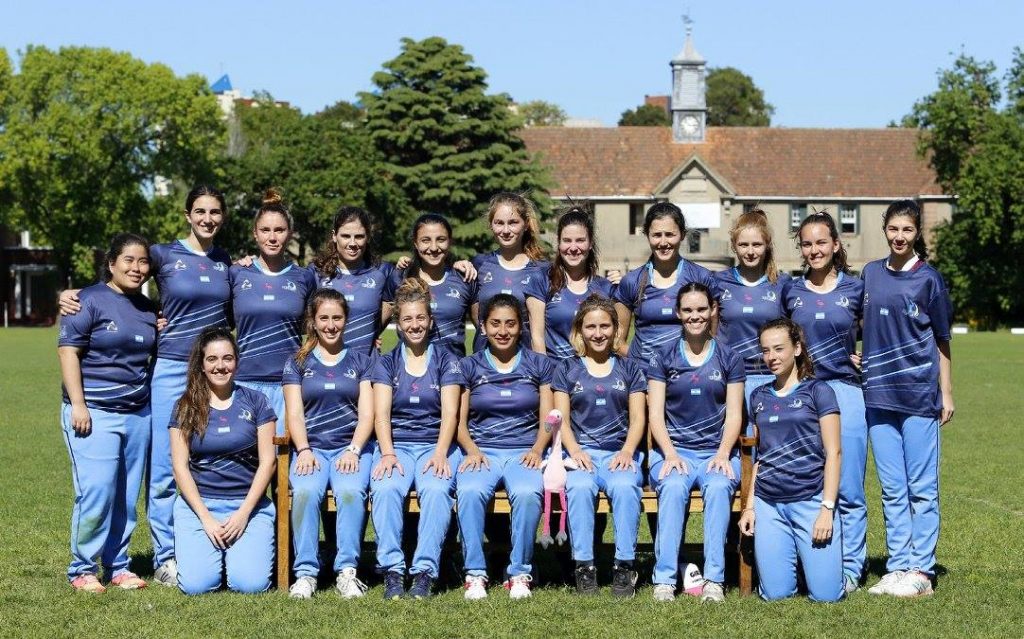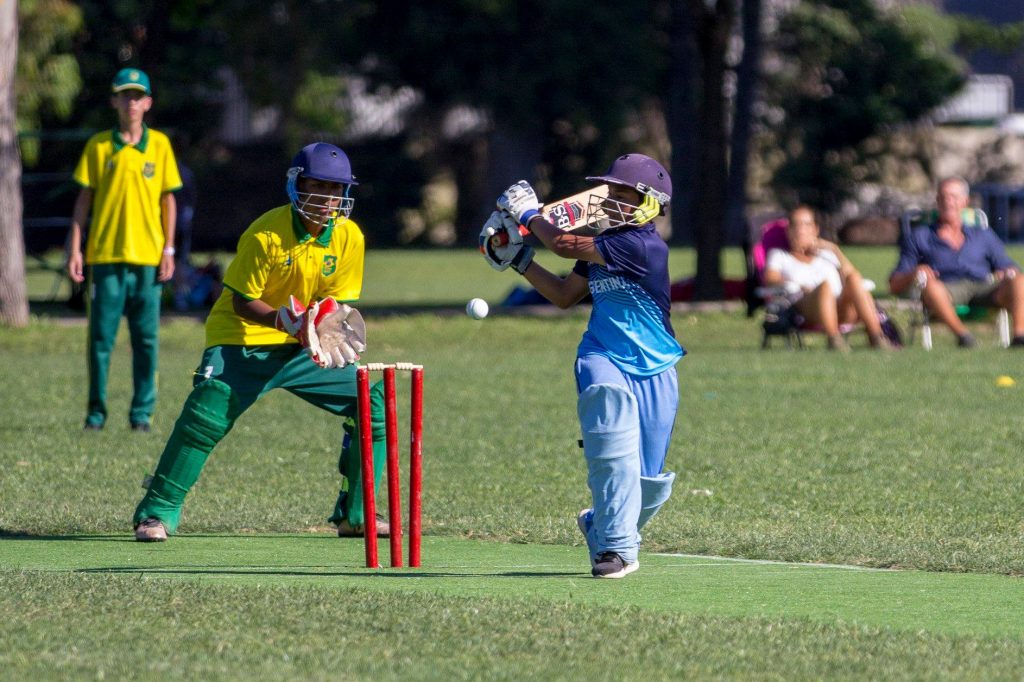From its unique terminology to the quirky fielding positions and afternoon tea breaks, many consider cricket to be the quintessential British sport. Conceived in south-east England during the late 16th century, cricket became the favoured sport of British aristocrats and established itself as the national sport in the 1700s.
Even as the sport has evolved, incorporated new formats and expanded across the world, it has not quite shaken off its British colonial heritage. The game remains the most popular in predominantly Commonwealth nations (with some exceptions). And unlike other sports such as Football, Tennis and Rugby, it has persisted with using English as the game’s sole lingua franca, greatly inhibiting its global growth ambitions.
Which is why, Cricket Argentina’s recent initiative of producing 17 coaching, umpiring and scoring courses in Spanish is so significant. Used wisely, it could give the sport a massive shot in the arm in Spanish speaking nations all over Central and South America. This year, the International Cricket Council (ICC) officially recognised the board’s efforts by crowning Argentina as one of the four recipients of the Global Development awards.

Cricket Argentina CEO Esteban MacDermott couldn’t be happier with winning this award. Emerging Cricket caught up with him to discuss the significance of this initiative, the current state of cricket in the country as well as his future plans to grow the game.
Q) How significant do you think your initiative will be in growing awareness about the game both in Argentina & other South American nations?
EM: I think it’s a great first step to get rid of stereotypes and preconceptions about cricket being a sport for expats or elites. Talking to the people in their own language shows that the sport wants to get closer to them and not the other way around. Through this initiative, we were able to get more players and parents involved and at the same time attract people from outside the cricket community.
Q) How many people were you able to reach with this initiative?
EM: We reached over 250 people which in our context is a lot! It allowed people with knowledge of the game but no coaching experience to get involved. Additionally, we also managed to attract attendance from coaches of other sports with experience in managing groups but no cricket knowledge, which was great.

Q) How did you get into cricket yourself?
EM: I first got into cricket when I was 10 years old. I was lucky that my PE teacher at school played cricket and was part of the national team squad. He invited all of us to join his club, which was in close proximity to where I was living at that time. I love all sports, so I decided to give cricket a try. I fell in love with the game and have played ever since.
Q) Is the cricket scene mainly centred around Buenos Aires? How many boys and girls are playing the game currently?
EM: Yes, the cricket scene is mainly centred around Buenos Aires. Apart from that we have a little bit in Rosario; plus we have a group of people starting in Cordoba. As to the number of participants, we have approximately 3,000 kids exposed to the game currently.

Q) Is cricket still seen as a British colonial sport in Argentina and if so how can this barrier be broken?
EM: I think it is either that or they don’t know about the sport. Some think its croquet. So, we start off jumping a first hurdle! I think taking the sport to the average Argentine is crucial. To this end, it’s imperative that we do it in Spanish, as most Argentines don’t speak English.
Q) Cricket uses a lot of unique jargon. What are some Spanish terms for words such as “batter”, “wicket”, “boundary” and fielding positions like “point” and “third man” etc?
EM: We don’t actually change a lot of the cricket terms into a Spanish equivalent. There are words that remain the same just like in other sports such as Rugby and Football. Fielding positions stay the same; but things like (square-leg or fine-leg we translate to squarer or finer), we call it Spanglish! Wicket remains the same but batter, bowler, boundary have their Spanish versions: bateador, boleador, linea etc.

Q) How do you plan to build on your current initiative and grow cricket participation and awareness?
EM: We have two routes to take this and make it bigger. One is through the traditional clubs (some used to play and stopped in the 80s mainly) which we will try to reinstall cricket at. The other one is taking it to a new target audience, mainly through government programmes at public schools and public venues.
Q) There has been a lot of talk recently about cricket potentially entering the Olympics from 2028 onwards. How much government funding will you receive if this happens and what format of cricket would you want to see in the Olympics?
EM: I think T20 is a good format for multi-sport events. Rather than looking at it from a financial perspective, I think our biggest benefit would be to grow awareness of the sport in our country. All Olympic sports get TV and media coverage, which is unfortunately something we lack.
You’re reading Emerging Cricket — brought to you by a passionate group of volunteers with a vision for cricket to be a truly global sport, and a mission to inspire passion to grow the game.
Be sure to check out our homepage for all the latest news, please subscribe for regular updates, and follow EC on Twitter, Facebook, LinkedIn and YouTube.
Don’t know where to start? Check out our features list, country profiles, and subscribe to our podcast.
Support us from US$2 a month — and get exclusive benefits, by becoming an EC Patron.







